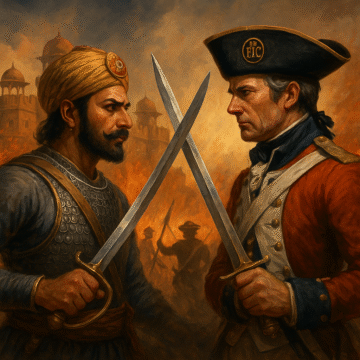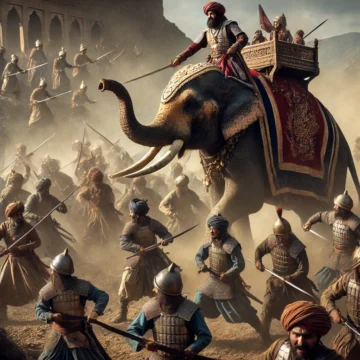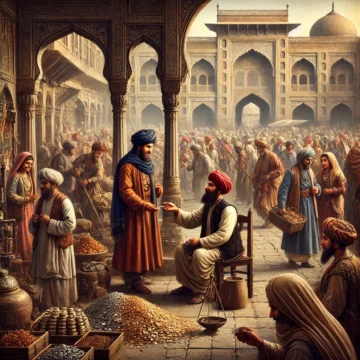The clash between the East India Company vs Maratha Empire was not just a battle of arms but of minds. The Marathas embodied Hindu resurgence and resistance, while the British turned trade into conquest through strategic manipulation. This blog explores how valor met calculation, and how disunity turned sovereignty into subjugation.
Tag: Mughal Empire
Guru Tegh Bahadur: Legacy of a Martyr
Explore the profound legacy of Guru Tegh Bahadur, whose martyrdom in 1675 marked a pivotal moment in religious history. This blog delves into how his ultimate sacrifice influenced Sikh and Hindu communities, advocating for righteousness, religious freedom, and the enduring power of interfaith solidarity.
Second Battles of Panipat and Echoes of Valor
Dive into the pivotal battles that shaped Indian history—the First and Second Battles of Panipat. Explore how Hindu King Hemu's ambitions clashed with young Mughal emperor Akbar's forces, shaping the political and cultural landscape of the subcontinent. Understand the immediate aftermath and the enduring legacy of these historical encounters.
Akbar & Mughal Challenges: Battle of Tughlaqabad and Hemu’s Stand
Explore the pivotal Battle of Tughlaqabad where Hemu, a visionary Hindu king, remarkably challenged the burgeoning Mughal forces under Akbar. This blog delves into the tactical genius of Hemu and the broader socio-political implications of his stand against the Mughal expansionist agenda in 1556.
Islamic Influence and Jazia Tax in India
This blog delves into the financial penalties like Jizya tax levied on non-Muslims under Muslim rule in India, examining their origins, impacts, and historical significance. It explores the economic and psychological effects on communities, providing a nuanced perspective on this aspect of Islamic governance.






